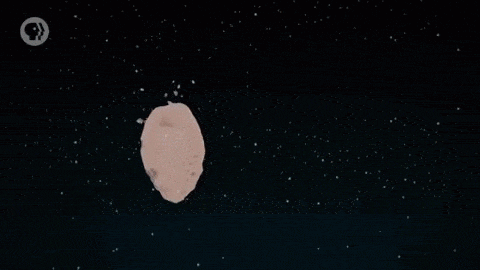Ursids Meteor Shower
Dec 17, 2022
The Ursids meteor shower is an annual celestial event that happens from mid-December up until the Winter solstice. This meteor shower is more low-key than the Geminids meteor shower that precedes it in the first two weeks of December. Learn about the cause of the Ursids meteor shower, how many meteors you can expect to see, and get practice identifying Ursa Minor, the radiant for this meteor shower.
The Ursids Meteor Shower is active annually between December 14 and December 24, and it typically peaks around December 22 and 23rd. At its peak, observers can view as many as 10 meteors per hour. In 2022, the moon phase will be a waning crescent, which makes it an ideal time to go outside and try to view some meteors since the moonlight will be faint.
The Ursids are associated with a comet named 8P/Tuttle. As comets travel around the sun, the dust they admit generally spreads into a long dusty trail in their orbits. Each year the Earth passes through these dusty debris trails, and these particles then enter our atmosphere creating beautiful streaks across the sky.
The comet known as 8P Tuttle is a periodic comet that orbits the sun every 13.6 years and it's classified as a Jupiter-family comet since its orbital period is less than 20 years. The closest this comet gets to the sun the around the same distance as the planet Earth. It then travels out as far as the orbit of Saturn. 8P Tuttle last visited the inner solar system in August of 2021.

Photo Credit: Wikimedia Commons, By Phoenix7777 - Own work. Data source: HORIZONS System, JPL, NASA, CC BY-SA 4.0, https://commons.wikimedia.org/w/index.php?curid=75303938
Meteors are objects that glow due to friction while traveling through the Earth's atmosphere and they appear as a streak of light in the sky but they are often very small in size no larger than a grain of sand. Before a meteor burns up in the atmosphere, it is classified as a meteoroid, which is a small rocky body in space. When it meteoroid passes through the atmosphere, its classification changes into a meteor. And finally, when the meteor strikes the surface of the Earth, it now becomes a meteorite.

Link to gif: https://media.giphy.com/media/SKuA5cXelDLlm/giphy.gif
Meteor showers are celestial events that occur when the Earth passes through cosmic dust and debris left over by comets. They are often named after the place they appear to originate from the sky. For example, the Ursids appear to originate from the constellation Ursa Minor.
This is a photo of a meteor shower taken over the course of a few hours because you can trace the streaks of light back to one origin point in the sky. Because meteor showers are all traveling in parallel paths at the same velocity they will appear to an observer below to radiate from a single point in the sky. This effect is best seen in photos rather than when you were observing.
When you observe meteors, they will appear randomly in the sky, but if you photograph them, the steaks of light can be traced back to a common origin point called the RADIANT. Meteor showers are named after the RADIANT, and in the case of the Ursids, the meteors will appear to originate from Ursa Minor. This radiant point is caused by the effect of perspective. This is similar to parallel railroad tracks converging at a single vanishing point on the horizon when viewed from the middle of the tracks.



